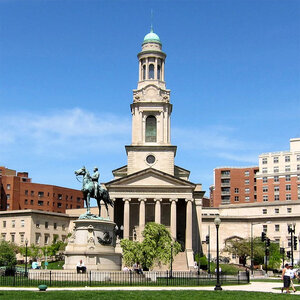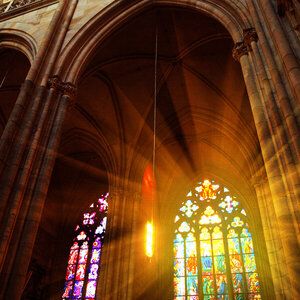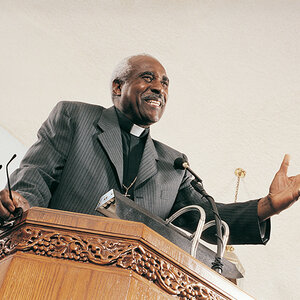Lilly Endowment awards $28.7 million to Fund for Sacred Places

Partners for Sacred Places and the National Trust for Historic Preservation have announced grants totaling more than $28.7 million from the Indianapolis-based Lilly Endowment in support of the National Fund for Sacred Places program.
The renewal grants will extend the program, which provides financial and technical support to community-serving historic houses of worship, through 2027 and double the funds available for capital grants to more than $20 million. Lilly Endowment’s latest commitments comprise a grant of $22,995,211 to the National Trust to fund capital grants to approximately 80 congregations and a grant of $5,769,305 to Partners for Sacred Places in support of planning grants, technical support, and education and training for congregations. Capital grants of at least $250,000 will be awarded to vibrant congregations that have buildings of historical significance and architectural character and play an essential role in meeting the larger spiritual, social, and economic needs of the communities they serve. The funds may be used for repairs or restoration, which can include efforts to restore and maintain key artistic and architectural features of the churches.
Since 2016, the National Fund for Sacred Places has committed a total of $18 million to 97 community-serving congregations representing 24 faith traditions in 36 states, the District of Columbia, and Puerto Rico. Letters of intent for the next round of grants, which will be awarded in the fall, are due February 24, 2023.
“The National Fund is not only about preserving historic houses of worship, which is enormously important, but also about building capacity within congregations so they can be self-sustaining and continue to serve their communities for many years to come,” said Partners for Sacred Places president Bob Jaeger. “We are thrilled to have the opportunity to extend the program, serving many more congregations through 2027.”
(Photo credit: John Scott Williams)






